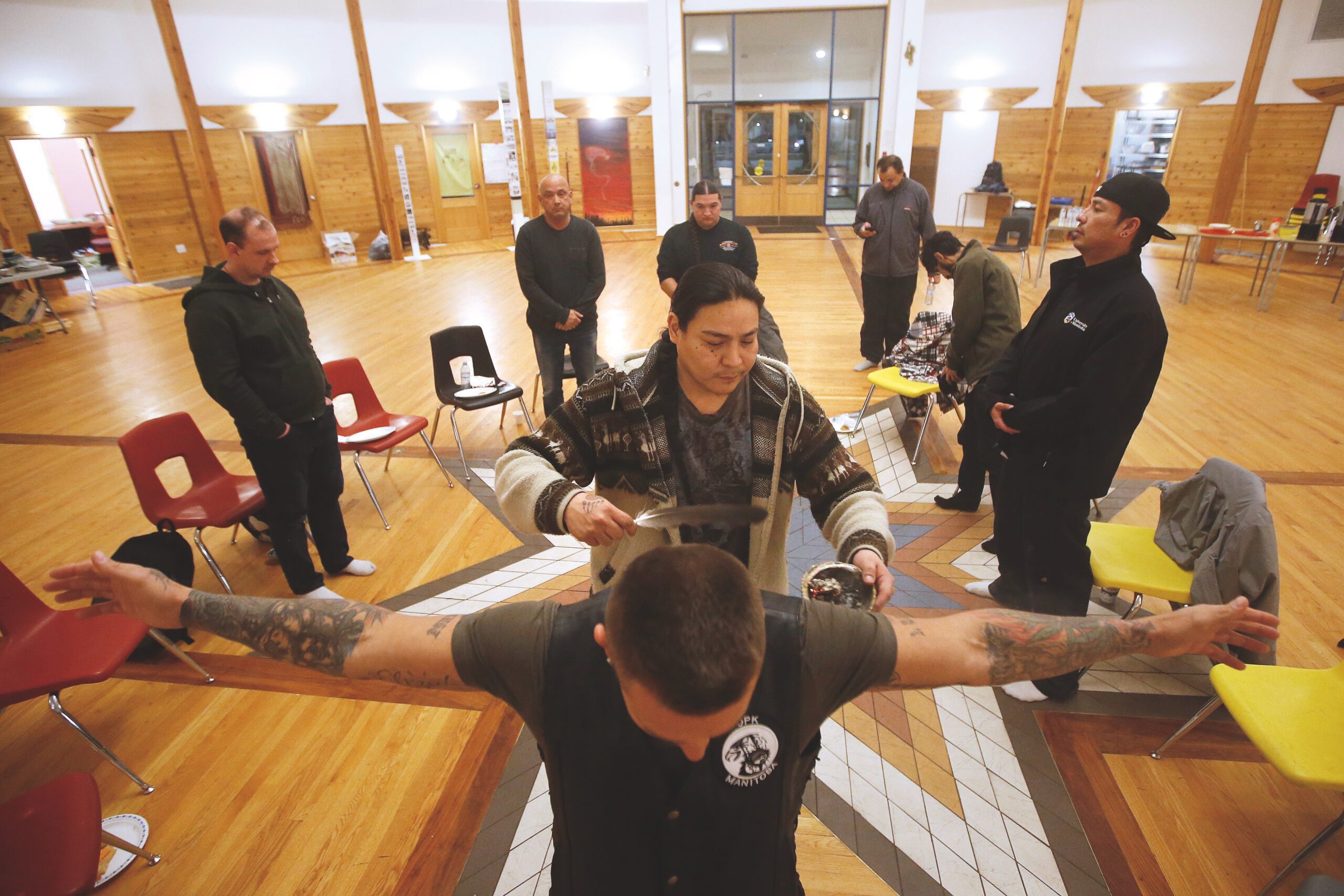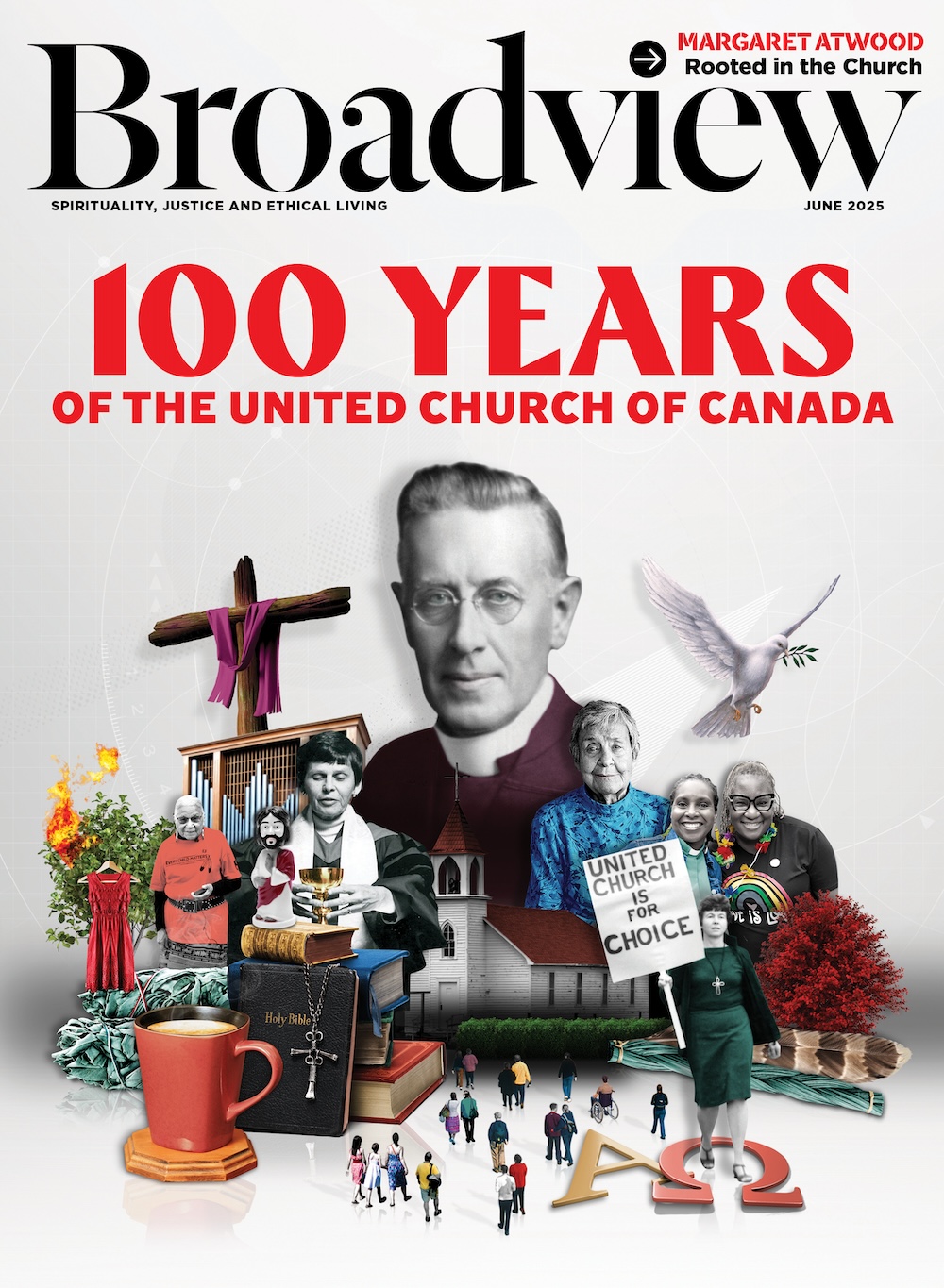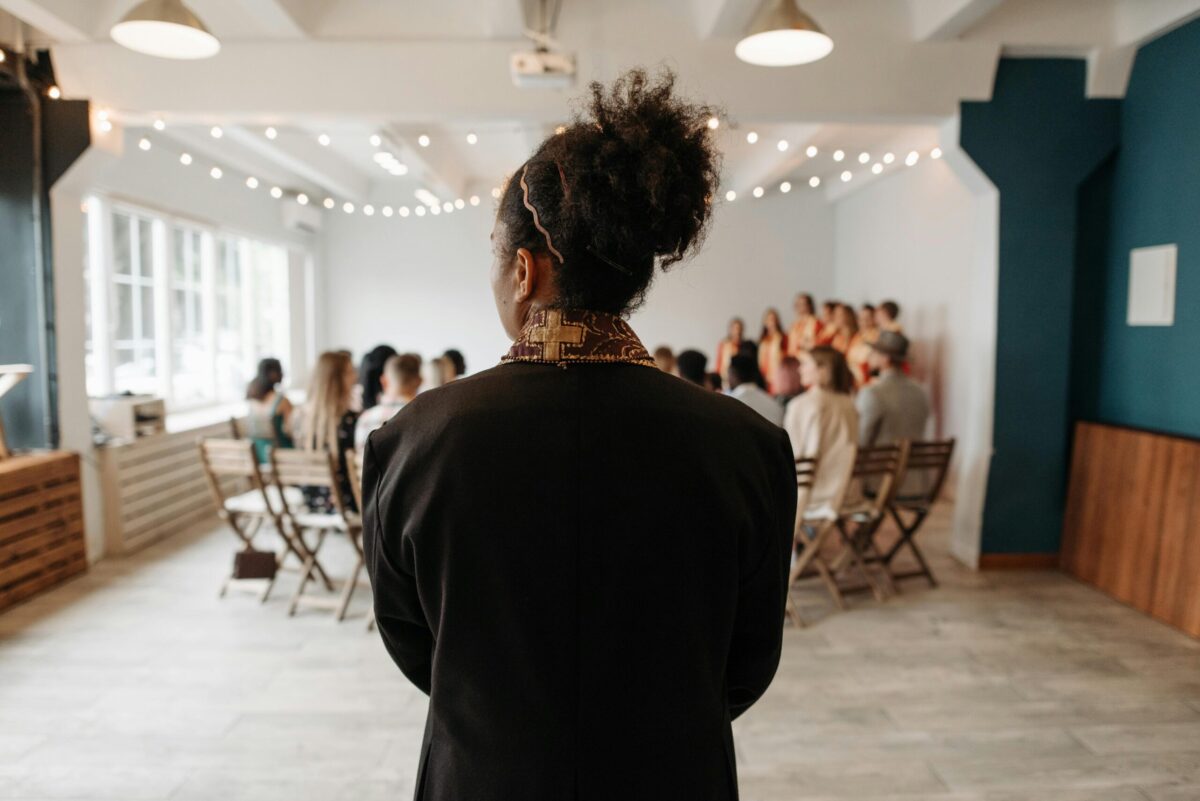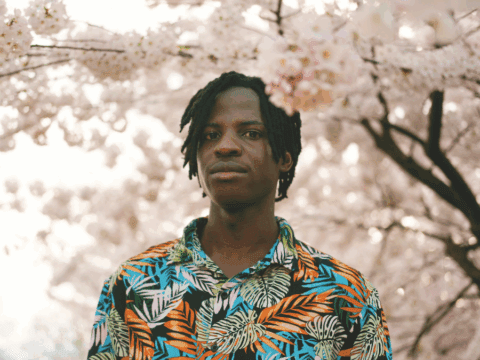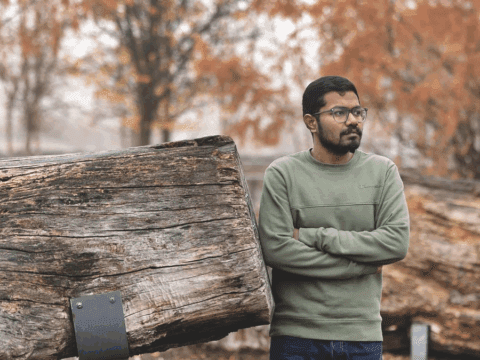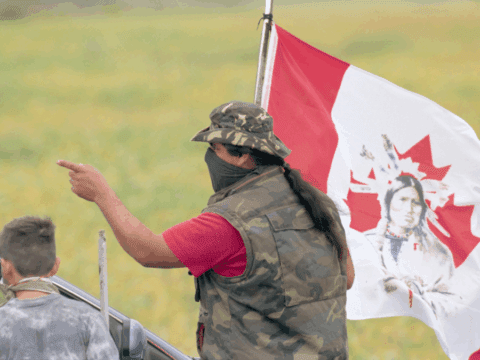Restorative justice is rooted in Indigenous traditions. “Educators at our school use restorative justice on many levels, and have been for years without the ‘restorative justice’ title,” says Irene Joe, manager of justice for Miawpukek Mi’kamawey Mawi’omi First Nation in Conne River, N.L. “We all do it in many ways on a day-to-day basis.”
Joe conducts justice awareness programs in her community’s school and in other settings. When she visits, she brings along important symbols, demonstrating how sweetgrass and a smudge bowl are used in a circle setting, and passing sage around for students to smell and touch.
She explains that having the individuals who are in conflict join together in a circle is both symbolic and functional. “Our powwow celebrations all happen in a circle form.…Our chief and council chambers are in circle shape,” says Joe. “Information sessions are done in a circle for inclusion.”
More on Broadview:
- Romeo Saganash reflects on the 37-year journey to bring UNDRIP to Canada
- This former residential school is now a centre for reconciliation
- Canada came through for me. Not so for Sacha Bond.
The restorative justice program for the Miawpukek First Nation has formally been in place for about 20 years, following an agreement between the First Nation, the province and Justice Canada in response to a large volume of young people going through the community’s circuit court system. In some cases, Joe says, classrooms were empty because so many students were in court, often on minor charges.
The community felt it could deal with some of these issues in its own way. The circle plays an integral part, through sentencing circles and healing circles. These are procedurally different from each other and used at distinct stages of the criminal justice process.
“The importance of circle sentencing in our community is huge. It’s an age-old practice that works, in that there’s accountability, payback, forgiveness and healing,” Joe says. “It’s also important because the participants involved get to sit, face to face, with the opposing person to share, cry, laugh and listen to the other person’s side of the story.…It’s a powerful healing tool.”
***
Lori-Ann Livingston is a writer and editor in Kitchener, Ont.
This story first appeared in Broadview’s September 2021 issue with the title “The Circle: A powerful healing tool.”

